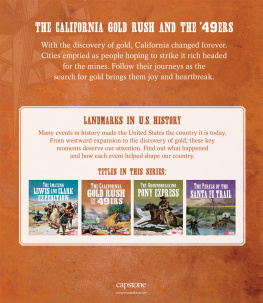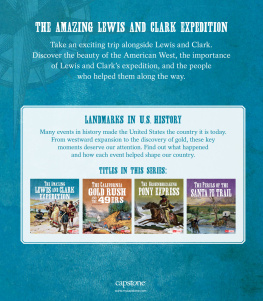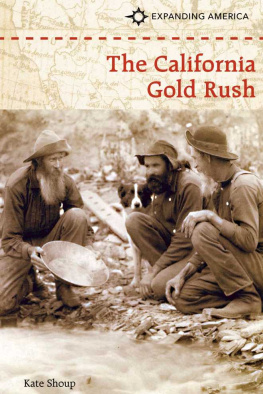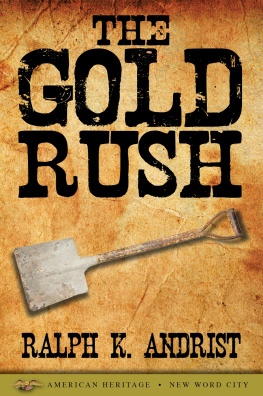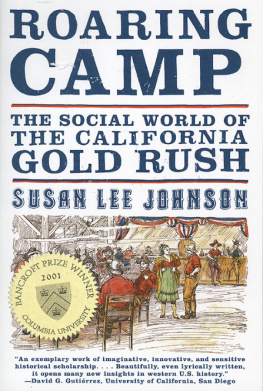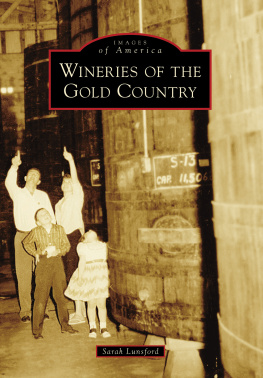After a series of business failures and debt, John Sutter left Germany for America in 1834. Sutter did a lot of traveling. He moved from St. Louis, Missouri, to Santa Fe, New Mexico, and then to the Oregon Territory. He made it all the way to Hawaii before eventually settling in California in 1839.
Sutter quickly worked to establish himself and obtain land in California, which was at the time owned by Mexico. After becoming a Mexican citizen, he was allowed to build his American Indians he befriended worked together to build a settlement. Sutter called his place New Helvetia or New Switzerland.
While testing the mill wheel, . When the beads did not react to the harsh chemical, Marshall knew he had found gold. It was January 24, 1848.
. Within days San Francisco was almost a ghost town. Shopkeepers, blacksmiths, and others had left to find gold on Sutters land.
These were the first of about 300,000 people who flocked to the Sierra Nevada mountains. People came from all over the world to strike it rich. Many didnt know how hard the life would be or how few would actually find gold.
Did You Know?
Sam Brannan founded San Franciscos first newspaper. It was called the California Star.
3
DRAWN BY GOLD
After Brannan broke the news, most men from San Francisco left the city in hopes of finding their fortunes. They searched near where Sutter had found gold at the American River. As the news spread across the United States, several thousand more men came to the Sierra Nevada that year.
Fortune hunters began to arrive by January 1849. They came from all over the world, including England, Australia, Peru, and China. Those who arrived that year were called 49ers. These newcomers were counted in the 1850 U.S.. The increased number of residents was enough to make California an official state. California was admitted to the United States on September 9, 1850.
Most working people made less than a dollar a day. But in the California goldfields, 1 ounce (31 grams) of gold could bring $15. People left jobs and school to travel west. Some men brought their families, but most went alone.
Pure gold is so soft it can be shaped by hand.
Fortune hunters went by sea and by land. By land it was about 3,000 miles (4,827 km) from the East Coast to California. Most people traveled by wagon along the Oregon Trail. They joined Missouri settlers heading for Oregon in Wyoming. From there the gold seekers headed south across the Sierra Nevada to the Sacramento Valley.
Did You Know?
By sea the journey from the East Coast of the United States to California was 18,000 miles (28,962 kilometers). On average it took six months to sail down and around Cape Horn in South America.
In 1849, no laws existed as to who had the right to claim the land where gold was discovered. Prospectors lived in camps, which came with their own set of rules. Usually a man could claim only as much land along a river as he could dig. This was sometimes no more than 100 square feet (9 square meters).
To stake a , a prospector pounded wooden stakes into the ground to mark his area. If the claim turned out to have no gold, he would just pull up stakes and move on.
Soon there were too many prospectors for the amount of land that might have gold. This forced newcomers to buy claims. To trick people into buying land that had no gold or had already been mined, some sellers planted gold on their claims.
Gold seekers were more interested in digging for gold than in living well. One man from Boston, Massachusetts, described the life this way: I pitched my tent, built a stone chimney at one end, made [a] mattress of fir [branches], and thought myself well fixed for the winter.
Many arrived without giving any thought to how or what they were going to eat. Some men starved rather than leaving their claims to get food. Weakened, they couldnt fight off disease, so many died.
The Notorious Jumping Frog of Calaveras County
One common tale told in mining camps involved a cheating man and a bet made on a frogs ability to jump. In the 1860s writer Samuel Clemens, who had recently begun using the name Mark Twain, heard the tale. He turned it into The Notorious Jumping Frog of Calaveras County.

